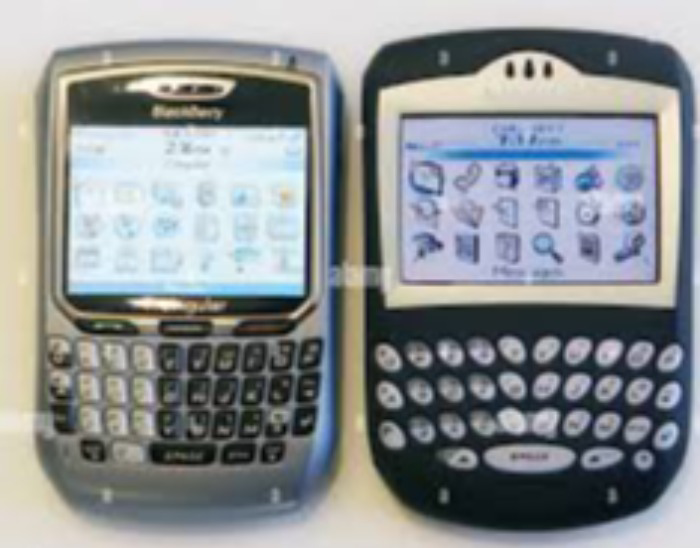


The BlackBerry 7200 Series, launched in 2003 by Research In Motion (RIM, now BlackBerry Limited), includes models like the 7210, 7230, and 7290, marking a significant evolution in BlackBerry’s early smartphone lineup. Priced around $300-$400 at release, these devices introduced color displays to the BlackBerry family, featuring a 2.6-inch 240 x 160 screen, 32 MB storage, and 4 MB RAM, running the BlackBerry OS. Designed for enterprise users, they offered email, SMS, and basic web browsing via WAP, with a full QWERTY keyboard and thumbwheel for navigation. In 2025, the 7200 Series is a historical artifact, lacking modern connectivity like 5G, app support, or even basic functionality due to the shutdown of BlackBerry OS services in 2022. However, its nostalgic design appeals to collectors, available on secondary markets like eBay for $20-$50.
|
Feature |
BlackBerry 7200 Series (7290) |
|
Release Date |
Q4 2004 |
|
Display |
2.6" TFT LCD, 240 x 160, 65K colors |
|
Processor |
Not specified (ARM-based, ~312 MHz) |
|
RAM |
4 MB |
|
Storage |
32 MB, no microSD support |
|
Rear Camera |
None |
|
Front Camera |
None |
|
Battery |
950 mAh, removable |
|
OS |
BlackBerry OS (discontinued) |
|
Build |
Plastic body, no IP rating |
|
Connectivity |
2G GSM, Bluetooth 1.1 |
|
Price (Launch) |
~$300-$400 |
To make a modern BlackBerry 7200 Series competitive in 2025, the following enhancements could address its shortcomings while preserving its iconic design:
The BlackBerry 7200 Series was a pioneering device in 2003, introducing color displays to BlackBerry’s lineup and solidifying its reputation for enterprise-grade email and messaging. Its QWERTY keyboard and compact design made it a favorite among professionals, and its historical significance as a stepping stone in smartphone evolution is undeniable. However, in 2025, the 7200 Series is obsolete, with BlackBerry OS services shut down in 2022, no modern connectivity, and no app support, rendering it non-functional for practical use. Its lack of a camera and limited storage further diminish its utility. For collectors or BlackBerry enthusiasts, a used 7200 Series device priced at $20-$50 on platforms like eBay might hold nostalgic value as a piece of tech history. For most users, however, modern budget phones like the Samsung Galaxy A35 or Motorola Moto G Power (2025) offer vastly superior performance, 5G support, and long-term software updates, making them far more practical choices in 2025.
The overall rating is based on reviews by our experts
No reviews yet.
|
How Is the Design? |
|
|
How is the Display? |
|
|
How is the Camera? |
|
|
How are the Features? |
|
|
How is the Connectivity |
|
|
How is the Usability? |
|
|
How is the Performance? |
|
|
How is the Battery Life? |
No prices available.